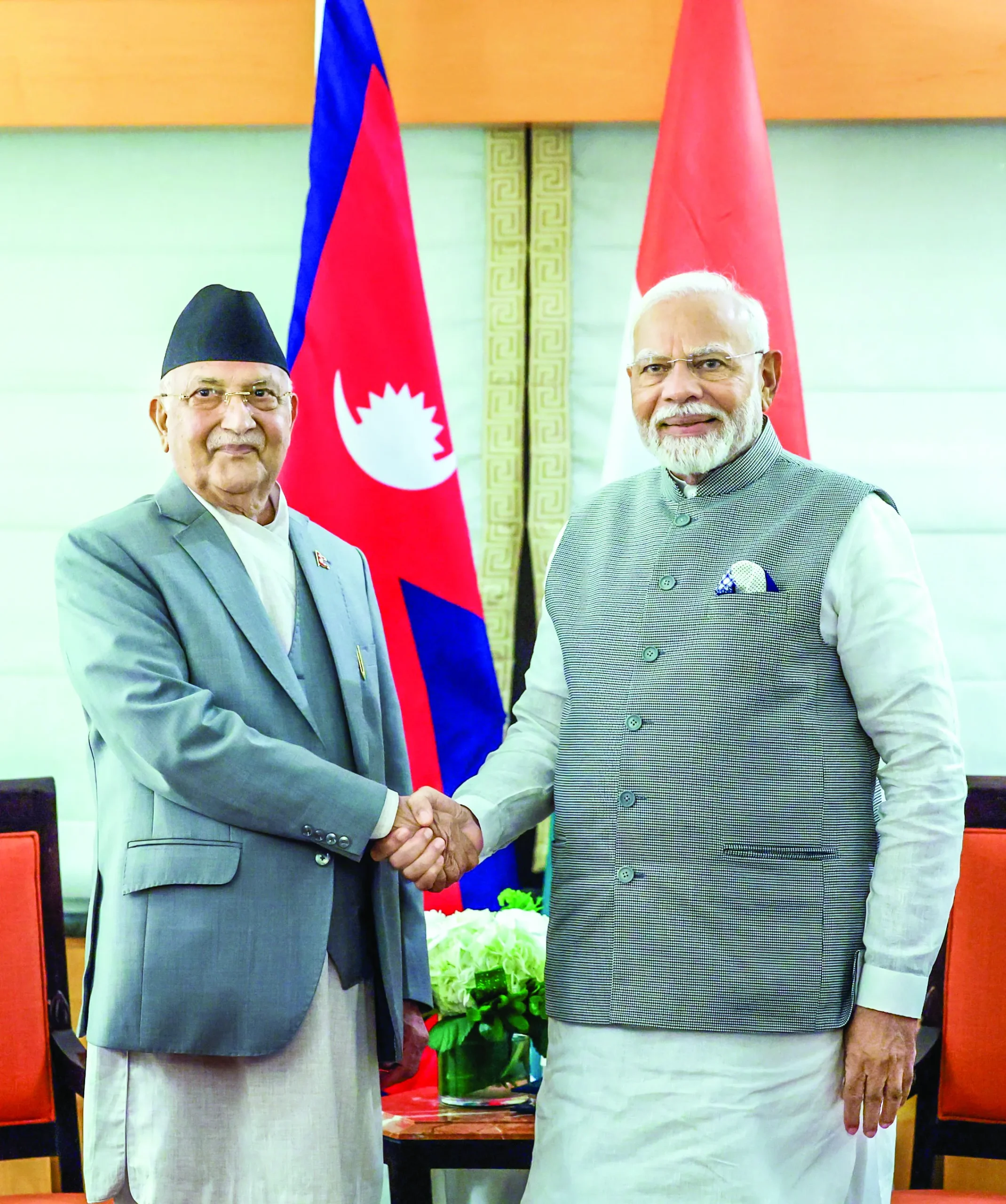The world today faces a convergence of three critical challenges – limited access to reliable and affordable energy, a rapidly growing global population, and widespread rapid urbanization. Investing in clean, renewable energy sources like solar, wind, and hydropower could provide a comprehensive solution to tackle these compounding issues.
Importance of Clean, Affordable Energy
Access to clean, affordable energy is fundamental for both economic development and environmental sustainability. Renewable energy tackles climate change head-on by curbing carbon emissions from burning fossil fuels like coal, oil, and natural gas. The transition to clean energy is not just beneficial for the environment – it creates new green job opportunities, improves public health by reducing indoor air pollution, and promotes sustainable development by enabling universal access to reliable, affordable electricity. In fact, ensuring everyone has access to affordable, clean energy is viewed as so vital that it was enshrined as Goal 7 of the United Nations’ Sustainable Development Goals in 2015. This goal calls for ensuring universal access to affordable, reliable, sustainable, and modern energy services by 2030. Why? Because reliable, sustainable energy access underpins human survival, healthy childhood development, quality education, and community well-being.
The Deadly Toll of Energy Poverty
The lack of access to affordable, clean energy takes an immense toll on human health and lives, particularly for the world’s most vulnerable populations. A staggering 3 billion people across the globe still rely on polluting and hazardous solid materials like wood, coal, crop waste, and animal dung for cooking and heating inside their homes. This indoor air pollution from dirty energy sources causes over 500,000 premature deaths in children under 5 years old every single year, according to the World Health Organization. Millions more children suffer permanent damage to their developing lungs and brains from continual exposure to household air pollution. For families, having affordable clean energy access means consistent lighting to be able to study after sunset, cook nutritious meals efficiently, and heat or cool homes to comfortable temperatures. Schools and health clinics critically depend on energy to power life-saving medical equipment, sterilize instruments, refrigerate vaccines, and simply have reliable lighting, cooking facilities, and thermal regulation. Lack of electricity access is directly linked to poorer educational outcomes, lower school attendance rates, and challenges in attracting and retaining qualified teachers – especially in rural areas. Affordable, reliable energy access forms the bedrock for economic and social development by alleviating preventable diseases and boosting productivity for businesses and public services.
Energy Access Gap
Despite the vital importance of affordable clean energy, in 2015, a shocking 13% of the global population – around 1 billion people, predominantly in rural areas of Africa and parts of Asia – still lived without any access to electricity at all. The energy landscape was dominated by polluting fossil fuels, with low oil prices and coal generating nearly 40% of the global electricity supply.
Even more alarmingly, around 40% of the world’s population – some 2.8 billion people, again primarily in the least developed countries – did not have access to clean cooking fuels and technologies like gas, electricity, or renewable sources. This disproportionately impacted women and girls’ health and safety due to exposure to indoor air pollution and fire risks from hazardous solid fuel use.
Progress But Roadblocks Remain
In the years since 2015, some progress has been made in advancing affordable clean energy access and transitioning away from fossil fuels – but not nearly at the scale or pace required to meet sustainable development targets. By 2023, the global household electrification rate had risen to 91%, reducing the number of people living without any electricity access to an estimated 675 million – a decrease of nearly 38% compared to 2015 levels. Renewable energy sources like solar, wind, hydropower, and bioenergy were on the rise, accounting for over 28% of global electricity generation amid high investment flowing into clean energy projects worldwide.
However, significant obstacles remain. In 2023, over 2.3 billion people – concentrated in the least developed countries – still lacked access to clean cooking fuels and technologies. Their continued reliance on polluting solid fuels causes an estimated 3.7 million premature deaths annually, with women and children being the most vulnerable. Moreover, the vast majority of those still living without any electricity access at all – around 80% or over 500 million people – resided in remote, hard-to-reach rural areas, primarily across sub-Saharan Africa. Achieving universal energy access by expanding the electricity grid and providing clean cooking provisions to these communities has proved enormously challenging due to logistical barriers, inadequate investment, and a lack of infrastructure.
As India forges ahead on its path of sustainable development, the nation has intensified its efforts to harness affordable, clean energy sources. Recognizing the pivotal role of accessible energy in uplifting communities and driving economic growth, the government has implemented a holistic policy framework to accelerate the transition towards a greener energy future.
In a bid to attract investments and spur innovation, the doors have been flung open for 100% foreign direct investment in renewable energy projects, with an automatic approval process easing the way. Moreover, to incentivize the deployment of solar and wind power, the government has waived interstate transmission charges for projects commissioned before June 2025.
The establishment of dedicated Ultra Mega Renewable Energy Power Parks is on the horizon, offering developers plug-and-play infrastructure to streamline project execution. Simultaneously, the Green Energy Corridor initiative is bolstering the transmission network, enabling seamless integration of renewable electricity into the national grid.
Empowering farmers to embrace sustainable practices, the PM-KUSUM scheme provides subsidies for installing solar pumps and grid-connected solar power plants. Furthermore, the government has introduced Renewable Purchase Obligations, mandating states and union territories to procure a specific percentage of their electricity from renewable sources, ensuring a steady demand for clean energy.
On the global front, India has assumed a leadership role through its active participation in the International Solar Alliance, mobilizing investments and forging collaborations to harness the boundless potential of solar power.
As the nation redoubles its efforts, the renewable energy capacity has soared, reaching over 160 GW as of March 2023, with solar and wind power spearheading this transformation. However, the journey towards a truly sustainable energy landscape is far from over, and India remains steadfast in its pursuit of affordable, clean energy solutions to power its development aspirations while safeguarding the planet for generations to come.
Path to Universal, Affordable Clean Energy Access
Realizing the goal of ensuring universal access to affordable, reliable, and sustainable clean energy by 2030 demands innovative strategies and collaborative efforts across public, private, and community stakeholders:
Financial Innovation: Utilizing blended finance approaches that combine limited public funds with private capital can help de-risk renewable energy investments in developing countries. The UN’s Green Climate Fund has successfully crowded in private finance for climate projects.
Microfinance for Clean Energy: Microloans and microfinancing programs provide opportunities for individuals, households, and community groups to invest in small-scale renewable solutions like solar home lighting, biogas digesters, or clean cookstoves.
Capacity Building: Developing technical skills and expertise locally is crucial for the long-term sustainable operation and maintenance of renewable energy infrastructure within developing countries themselves. Organizations like the International Renewable Energy Agency offer hands-on training.
Technological Leapfrogging: Investing in innovative technologies like low-cost distributed energy storage for excess renewable power, and smart mini-grid systems integrating multiple energy sources can help rural areas leapfrog traditional grid infrastructure.
Energy Efficiency: Making appliances and cook stoves more energy efficient, along with deploying renewable power, maximizes the impact and reach of limited available resources to expand energy access.
Skills for a Just Transition: Fossil fuel industries must invest in retraining and reskilling programs for workers to transition into sustainable green energy jobs as part of an equitable shift to clean power.
Indigenous Rights: Renewable energy projects must uphold the rights of indigenous communities and ensure their livelihoods and lands are sustainably maintained as part of new developments – highlighting the need to make energy affordable and accessible for all marginalized groups.
Beyond Just Electricity: Affordable clean energy access initiatives need to go beyond simply providing basic household electricity. Programs like UNDP’s Africa Minigrids aim to sustainably drive economic empowerment through productive energy use fostering new businesses and income opportunities.
Local Data for Local Solutions: Gathering granular data on community energy needs, usage patterns, and socioeconomic factors allows for the development of inclusive, affordable clean energy solutions tailored to local contexts.
International Collaboration: Raising global awareness and marshaling commitment at high-level summits like the UN’s SDG forums will be critical for mobilizing the resources and cooperation needed to accomplish Goal 7 targets.
Looking Ahead
The latest data shows that while progress is underway, the global community is still not on track to achieve the Goal 7 target of ensuring universal access to affordable, reliable, and modern energy services by 2030 – particularly in the world’s least developed countries. A major scale-up of renewable energy deployment remains imperative, especially in providing electricity access in remote rural areas currently being left behind.
The benefits of accomplishing this goal cannot be overstated – affordable clean energy access is a key driver for eradicating poverty, building resilient communities, empowering women and youth, catalyzing economic growth, and mitigating the catastrophic impacts of climate change through decarbonization.
By prioritizing clean energy investment and embracing innovative solutions through collaborative global efforts, we can reshape our energy systems to be truly sustainable and equitable for all – creating a world where affordable modern energy is a basic right enjoyed by every person on the planet. It’s an imperative we cannot afford to ignore any longer.




















